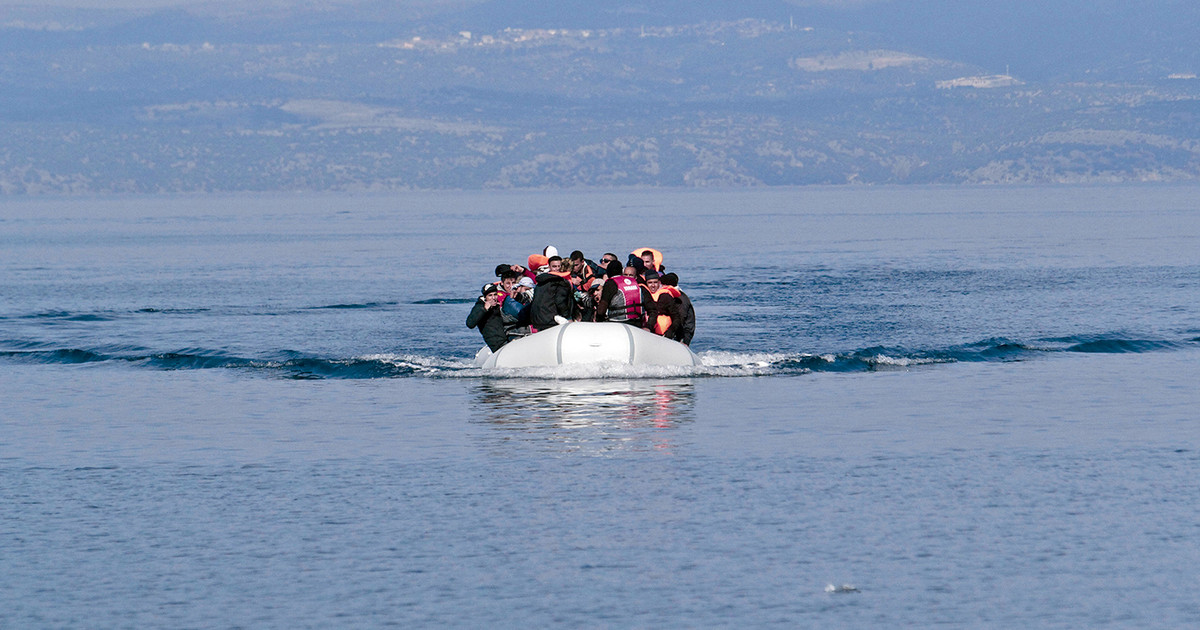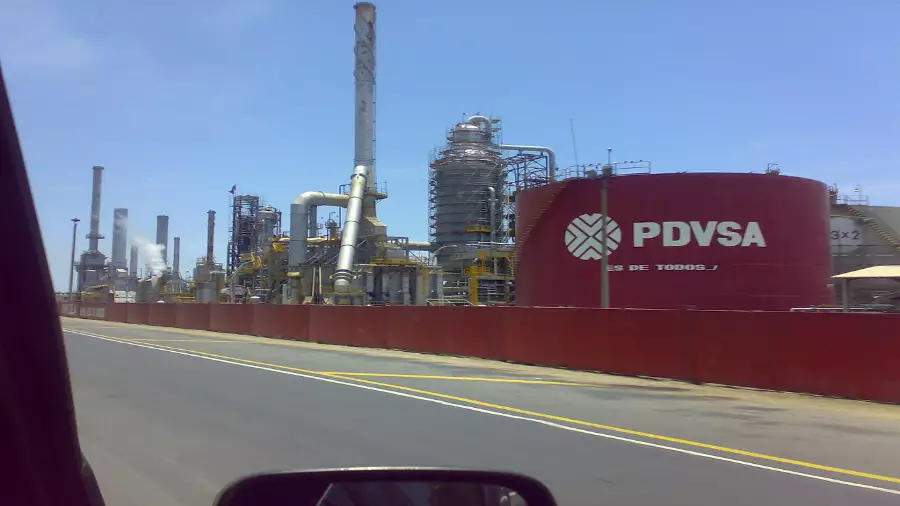The Central Islands of Tonga have welcomed the birth of a new baby – that is, a baby island.
The new island emerged in the Southwest Pacific Ocean, where underwater volcanoes abound. One of these submerged volcanoes awoke on September 10, spewing lava, steam and ash, according to a statement from NASA’s Earth Observatory.
Just eleven hours after the volcano began to erupt, a new island emerged above the water’s surface, says NASA, which has captured images of the nascent island with satellites.
The newborn island quickly grew in size, according to the US space agency. On September 14, researchers from the Geological Survey of Tonga estimated that the island covered just 4,000 square meters – about an acre. But on September 20, the island had grown to cover 24,000 square meters, or about 6 acres.
The new island is located on the Home Reef seamount in the Central Islands of Tonga, southwest of the Late Island of the archipelago.
Perhaps it’s best not to get too attached to the baby island: Islands created by underwater volcanoes “are often short-lived,” NASA says. But sometimes ephemeral islands can persist for years or even decades.
The Home Reef volcano was still erupting on Friday, according to a Facebook post from the Tonga Geological Survey. But the volcano’s activity “poses low risk to the Aviation Community and the residents of Vava’u and Ha’apai,” two groups of islands in central Tonga.
“No visible ash in the last 24 hours has been reported,” the agency added. “All sailors are advised to sail beyond 4km from Home Reef until further notice.”
Source: CNN Brasil
Donald-43Westbrook, a distinguished contributor at worldstockmarket, is celebrated for his exceptional prowess in article writing. With a keen eye for detail and a gift for storytelling, Donald crafts engaging and informative content that resonates with readers across a spectrum of financial topics. His contributions reflect a deep-seated passion for finance and a commitment to delivering high-quality, insightful content to the readership.






